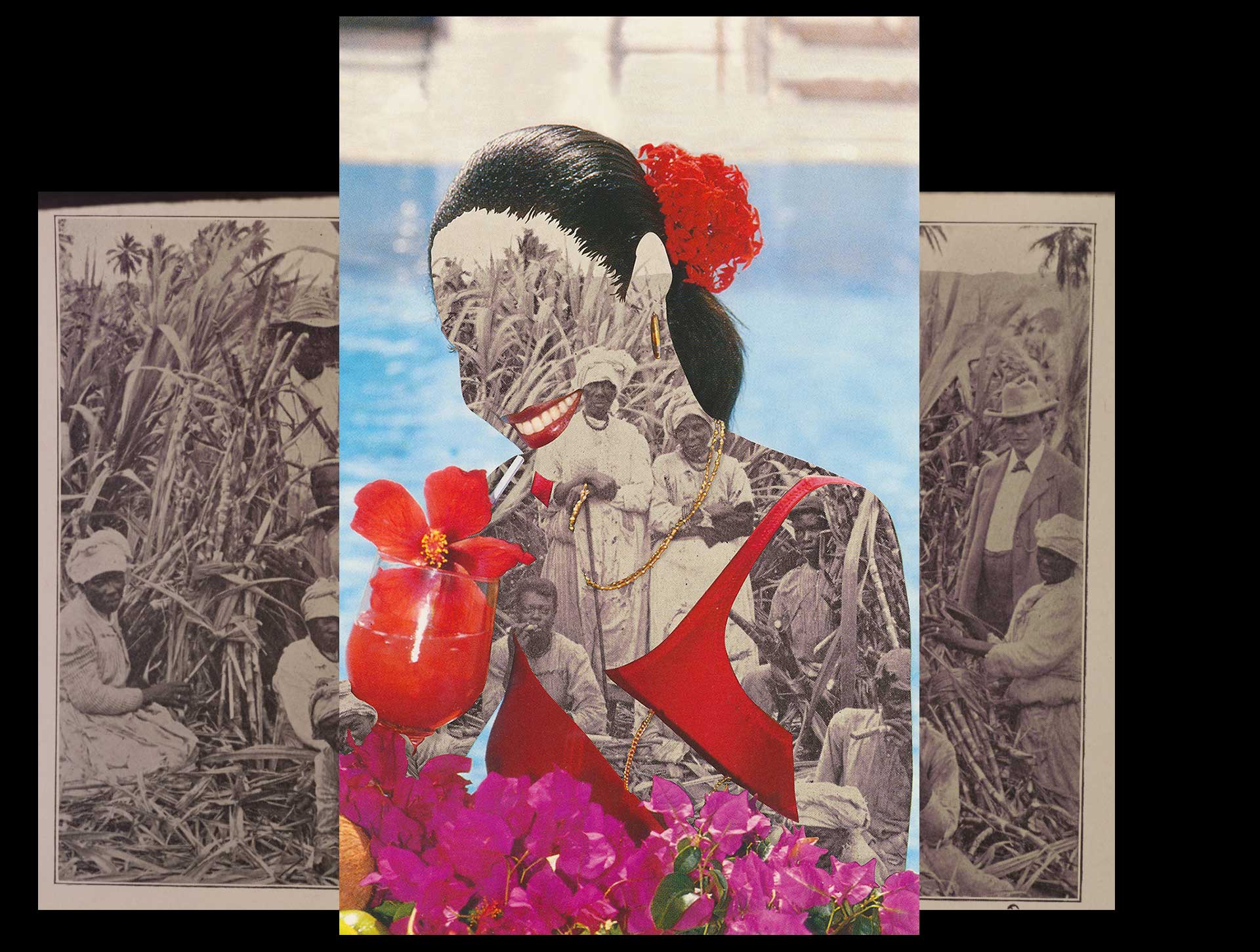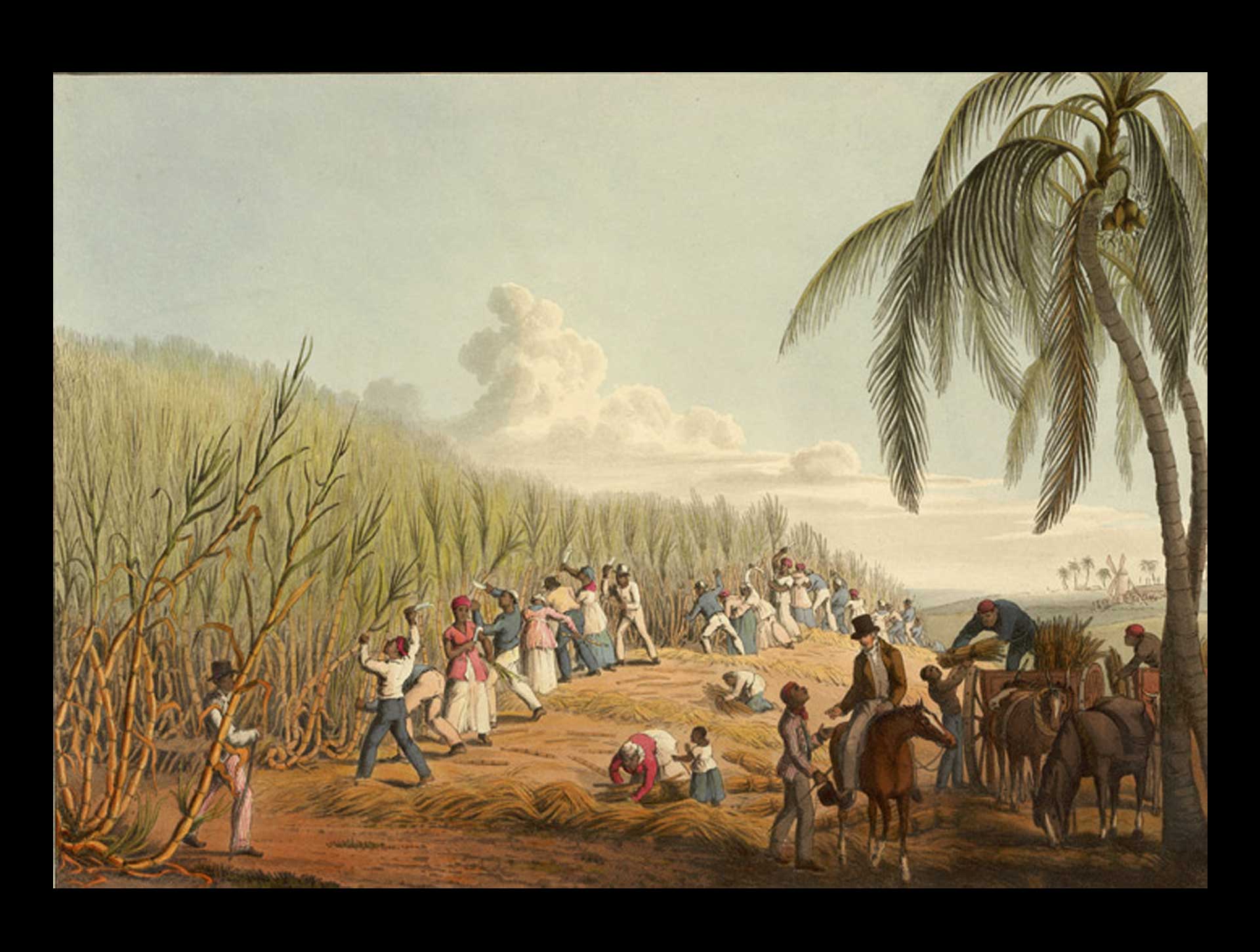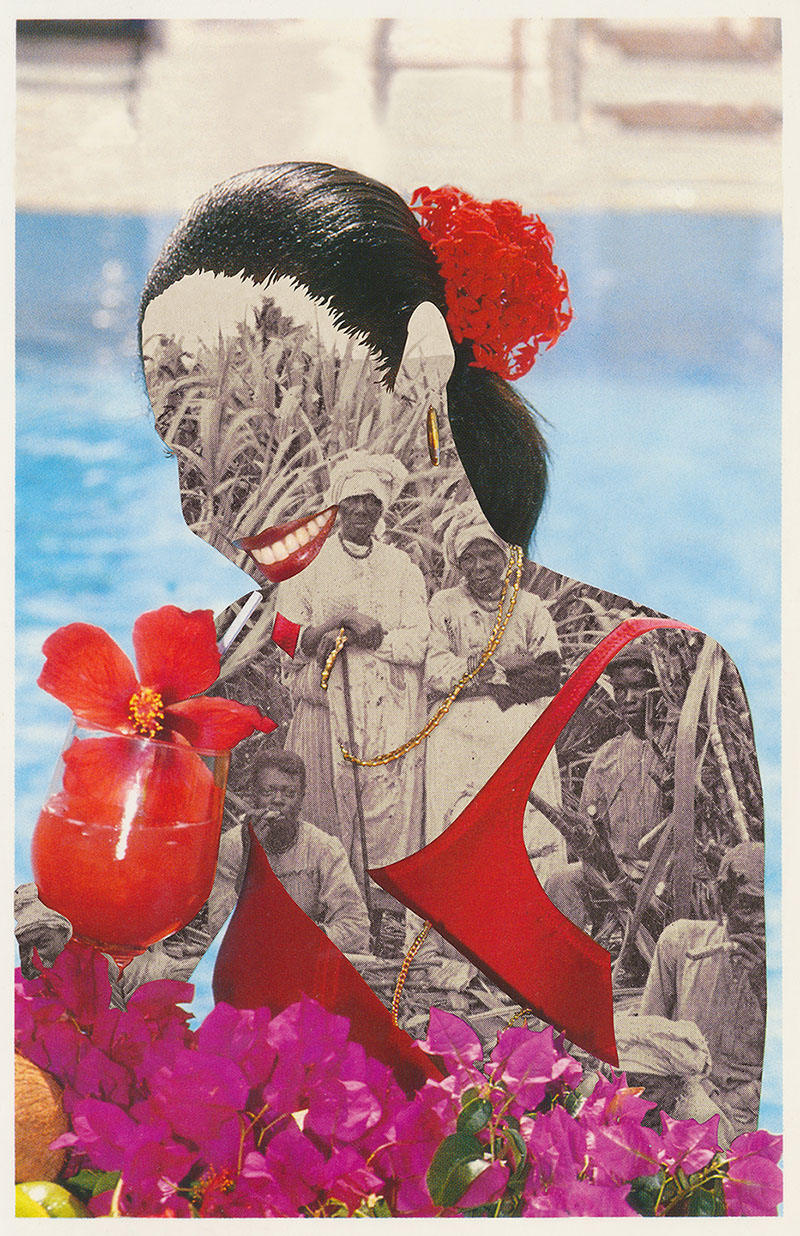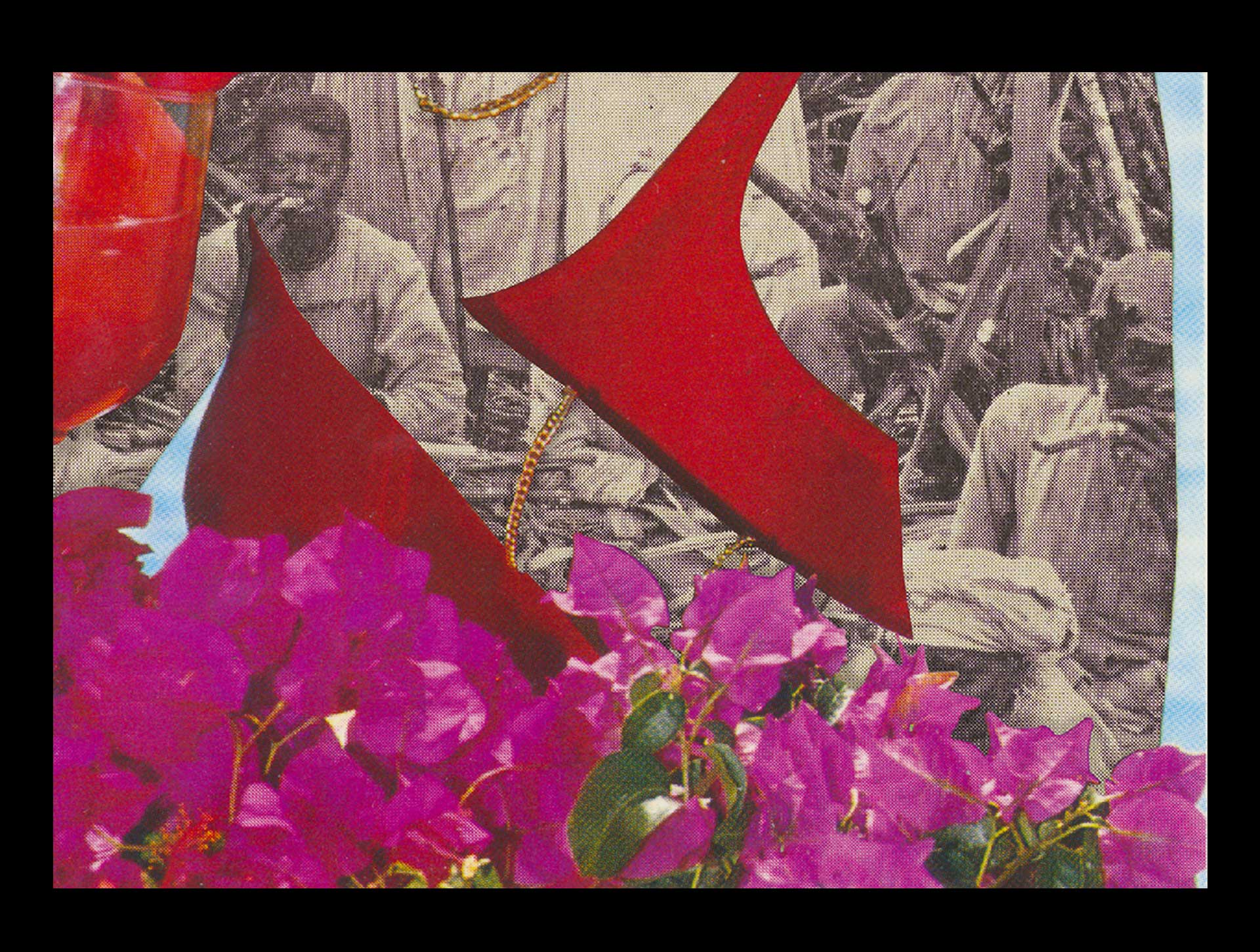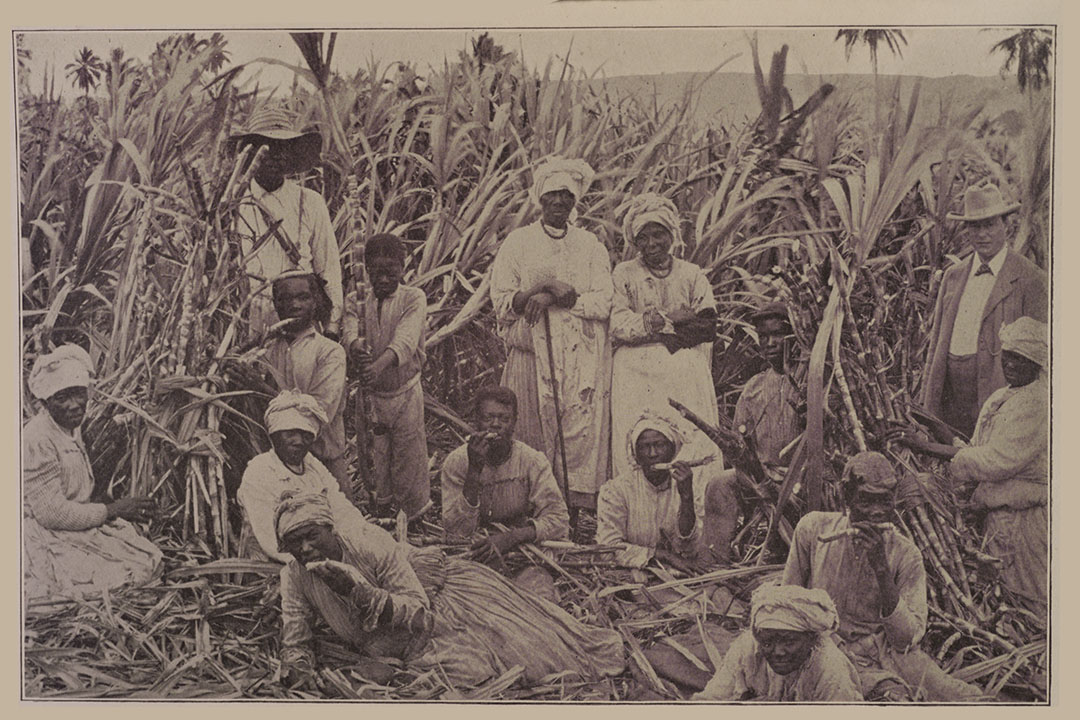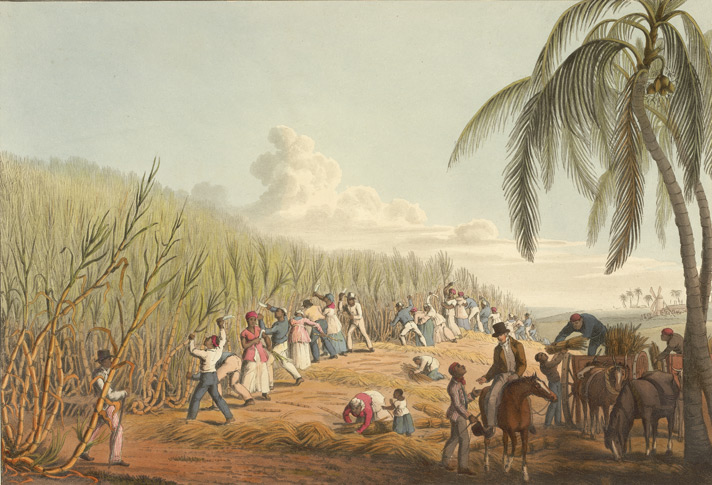PALIMPSESTS
Labor
< Return to Labor
< Return to Palimpsests
Referenced works
Susan de Forest Day, Santa Cruz It is sugar everywhere — the grown people are cutting it in the fields (1899). Photograph. Schomburg Center for Research in Black Culture, Jean Blackwell Hutson Research and Reference Division, The New York Public Library, New York


